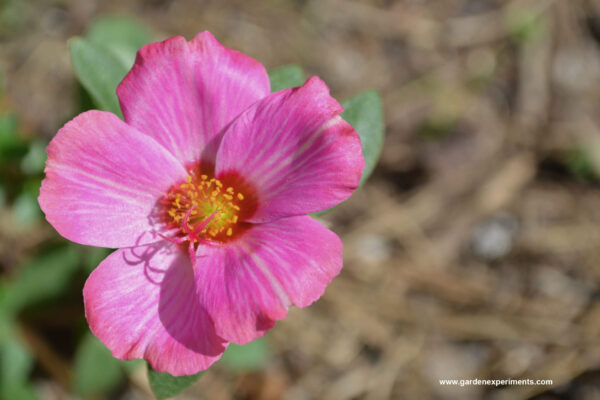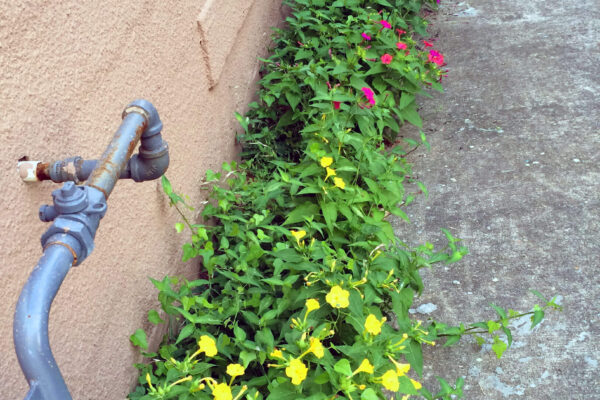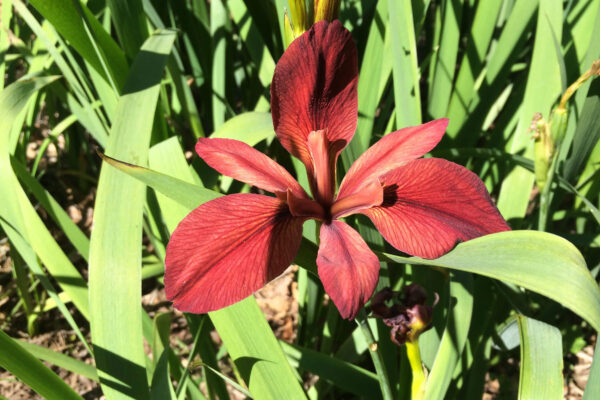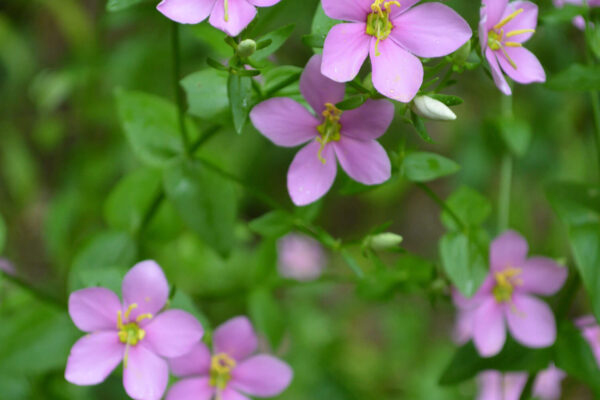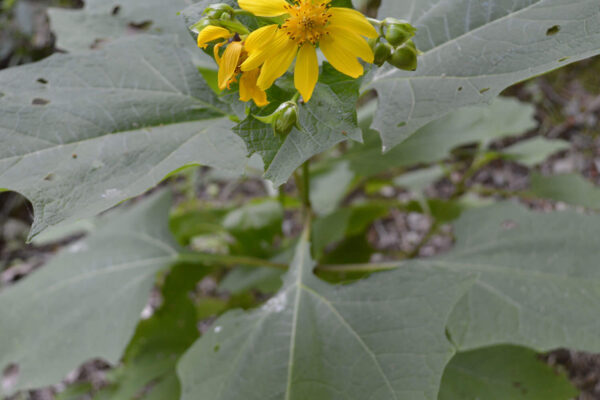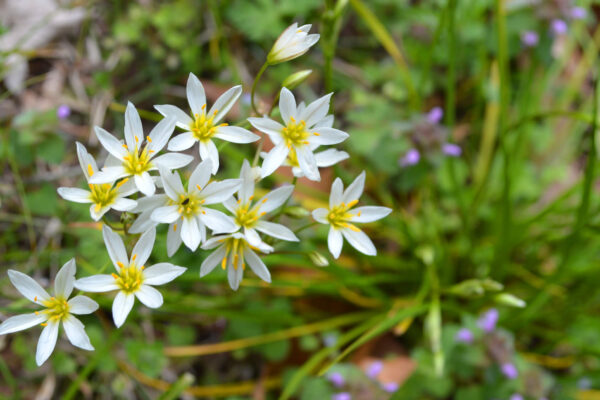The summer heat has arrived and it’s pretty miserable outside. When we're in a heat advisory, the temperature outside FEELS like over a hundred degrees with the high humidity. I’m watering in the early morning and sometimes at night, just to keep up with it, but the plants are still suffering. However, some of my plants are thriving, in spite of …
Continue Reading about Top 10 Flowering Plants that are Heat Tolerant

